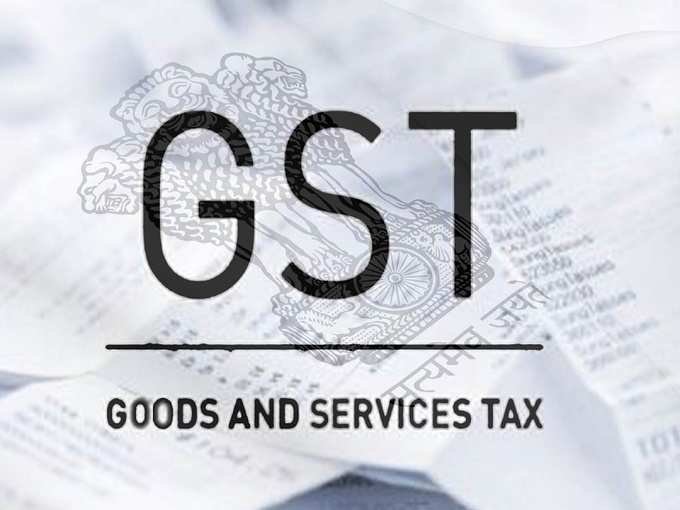
While the government had decided on multiple rates under the
Also read: Service tax to move up from 15% to 18% under GST
This would make sure that tax structure gets simple and has ease of implementation, because a variety of tax rates would mean unnecessary disputes and litigation.
This could mean that all types of footwear, mobile phones, clothes, and furniture etc could have the same rate of GST, respectively.
Also read: Here’s how enforcing input tax credit will dent the SME economy
Talking of tax rates around the globe, most countries have a single regime, while India has opted for a four-tier tax structure of 5%, 12%, 18% and 28%, while the highest rate could go as high as 40%.
Country’s biggest tax reform since independence, GST is expected to lift India’s economic growth by 1 to 2%.
The government is yet to announce the GST rates applicable for different categories of products.
As per industry experts, uniformity in tax rates will help avoid unnecessary legal disputes.
Also read: GST is yet to be launched, but Indians are already paying more for toiletries
"Tax based on value or MRP (maximum retail price) of the product would unnecessarily complicate the system and the value itself would need to be revised year after year," Pratik Jain, leader, indirect taxes, PwC, told ET. "Having a uniform rate for a particular HSN classification is definitely a good idea... It will be simple, uniform and less litigation prone."
(Image source A1 facts)